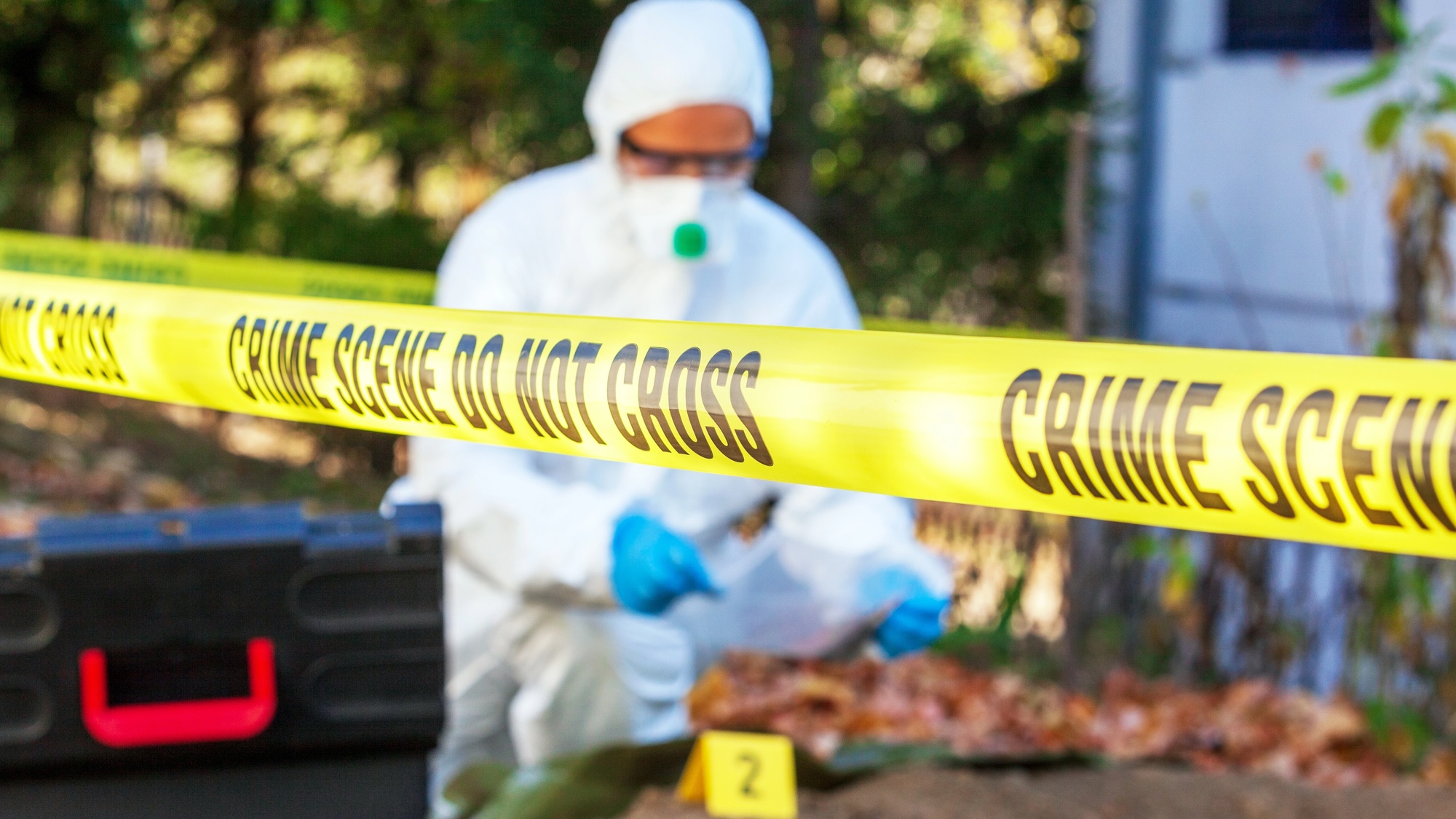When blood hits clothes, physics takes over
Creating mock crime scene evidence can help forensic scientists better read the stories left behind by gruesome bloodstains. To decode some of these bloody stories, all a team from North Carolina State University needed was a combination of high-speed cameras, cotton fabrics, and a bit of pig’s blood. Their findings of how common clothing reacts to blood are detailed in the September 2025 issue of the journal Forensic Science International,
Forensic science is a relatively new concept, historically speaking. There are multiple major moments in its development, but the field of study can largely be traced back 115 years ago to a man named Edmond Locard. In 1910, the French criminologist first proposed his theory that “every contact leaves a trace,” a concept now known as Locard’s exchange principle. Those traces come in many forms– including bloodstains. But as Locard’s principle implies, traces are also influenced by the conditions of the contact itself.
Over a century later, there are many high-tech methods for analyzing a violent crime scene’s bloodstains. Forensic scientists gather evidence all the way down to the molecular level, but even a close visual read of the situation often offers invaluable information. For example, bloodstains may indicate the type of weapon, attack angle, and force of impact. However, these patterns are frequently influenced by the surface material’s interaction with the blood itself, particularly when that material is clothing made from cotton. According to researchers at North Carolina State University, the results can prove frustrating.
“Textiles have complicated structures and are often absorbent. These characteristics can result in highly distorted bloodstain shapes,” the team wrote in their study, adding that “complex stain characteristics can make bloodstain pattern analysis more challenging and less straightforward.”
“When blood strikes fabric, it leaves a stain. But it can be difficult to accurately assess things like how quickly blood was traveling when it struck the fabric,” Tiegang Fang, one of the study’s corresponding authors and an NC State mechanical and aerospace professor, said in a statement. “Was it going fast? Slow? Did someone just brush up against the blood? It’s hard to tell, because once the blood comes into contact with the fabric, it wicks across the surface of the fibers in the fabric, spreading out.”
This process frequently also creates thin tendrils known as “fingers” that extend from a bloodstain’s center, further complicating analysis. To study these and other attributes, Fang and colleagues used pig’s blood treated to behave consistently across testing. They then lined up five cotton fabrics—plain-woven cotton, the front and back of cotton twill, as well as the front and back of a jersey knit. Next, the team used multiple high-speed cameras to capture the fabrics at four frames per second, splattering the textile samples at 12 different velocities. They reviewed the footage of their messes, and soon noticed the particular behavior of each stain’s fingers.
“We found that the more fingers a bloodstain has, the faster the blood was moving when it struck the fabric,” said Fang. “However, over time, these fingers may spread out and run together.”
Another major velocity indicator came from what are known as satellite droplets. These are created when fast-travelling blood strikes the fabric, creating secondary stains around the central mark.
“The faster the blood was moving, the more satellite droplets there would be,” Fang added.
Certain cotton weaves told more of a story than others, however. Plain-woven cotton’s physical properties were much easier to read, while twill proved more difficult.
“It’s clear that the specific structures of each surface play a critical role in how these bloodstains form and what we can learn from them,” concluded Fang.
Researchers hope to conduct similar experiments on a wider range of fabrics, yarns, and weaves. Better understanding the interactions between these and other variables could help build a knowledge base that can then be applied to forensic crime scenes.
Source link








